Kyoto Fushimi Inari-taisha.
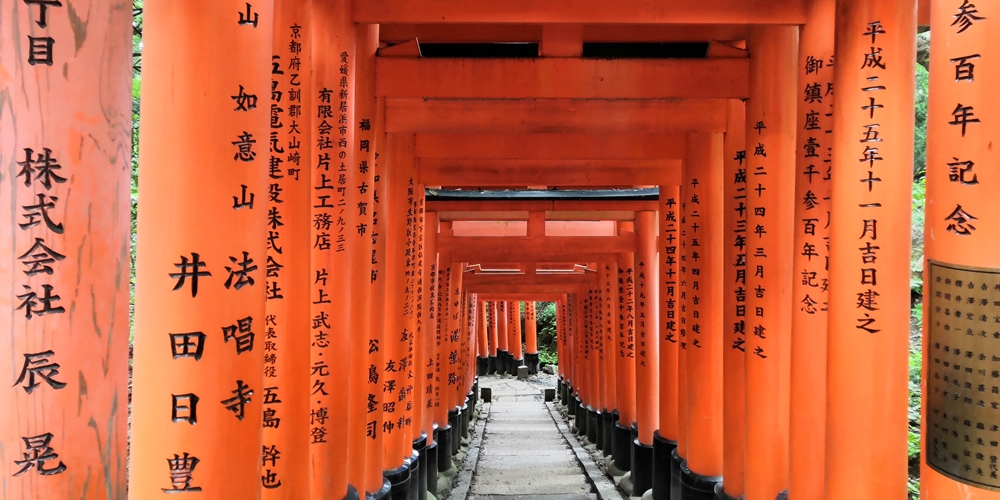
Fushimi Inari Taisha in Kyoto is known as the head shrine of the 30,000 Inari shrines (Oinari-san) in Japan.
In addition, it is a stand-alone shrine that does not belong to the “Jinja Honcho”, which oversees shrines throughout Japan.
Originally, it was only a god of bountiful harvest, but later it became a god of bountiful harvest, prosperous business, family safety, and fulfillment of various wishes.
Since “Inari Ohkami(a god of bountiful harvest)” was enshrined on February 711 AD in the Nara period, it continues to this day.
It is known as a shrine of “Thousand Torii”, but there must be more torii, as companies and individuals continue to dedicate them…
Later on, I checked it, it was “about 10,000 in the whole Mt. Inari”.
There are various legends such as the anecdote of Kukai (Kobo Daishi) and Inari Okami.
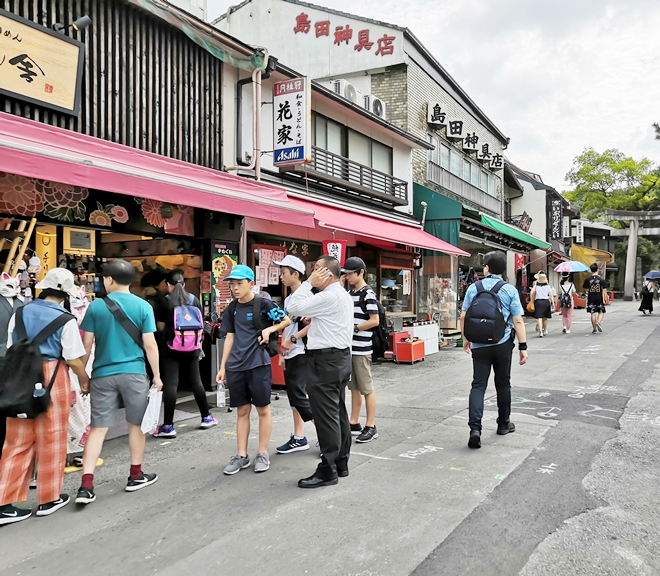
Get off the train at Fushimi Inari Station on the Keihan Main Line and follow the flow of people.
There are many souvenir shops, tea-shops and restaurants, That is engendering an atmosphere of a famous tourist spot.
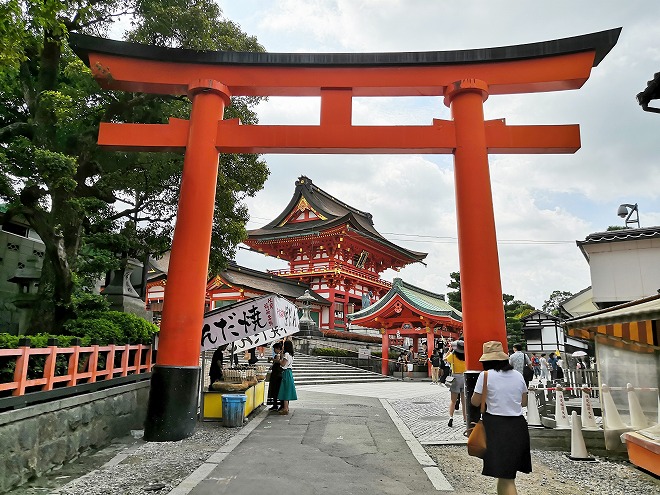
After walking for a few minutes from the station, you will see a large torii gate.
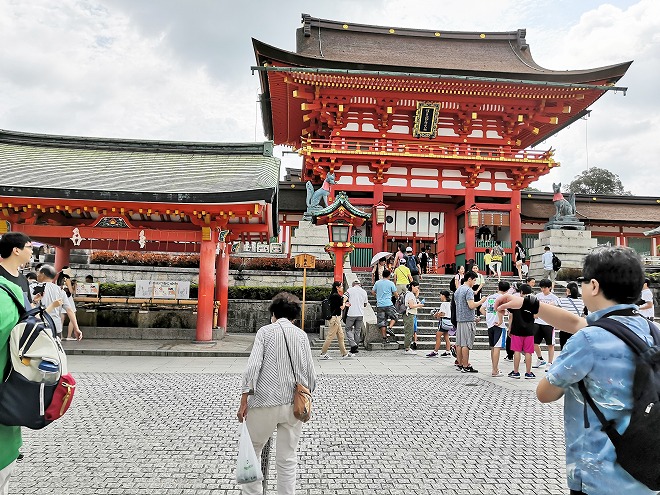
Kyoto Fushimi Inari-taisha’s Tower gate called “Roumon”.
Built in 1589 by Toyotomi Hideyoshi to pray for his mother’s recovery from illness, it is one of the largest two-storied gates in Japan.
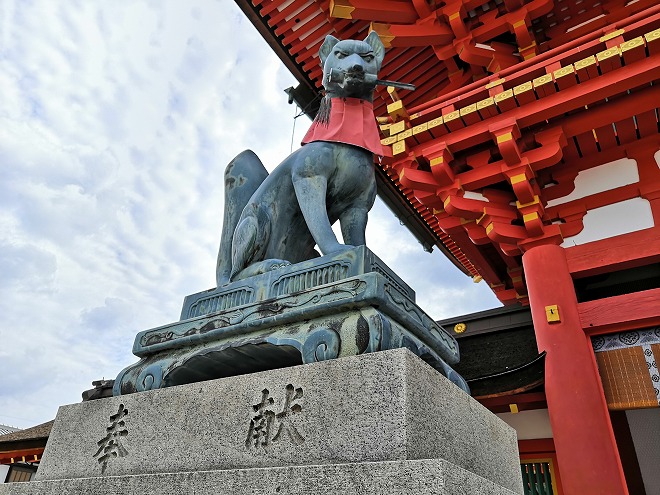
This fox is the messenger of the “Inari Okami(God)”.
This fox is rather than a white fox, the fox is transparent and invisible to humans.
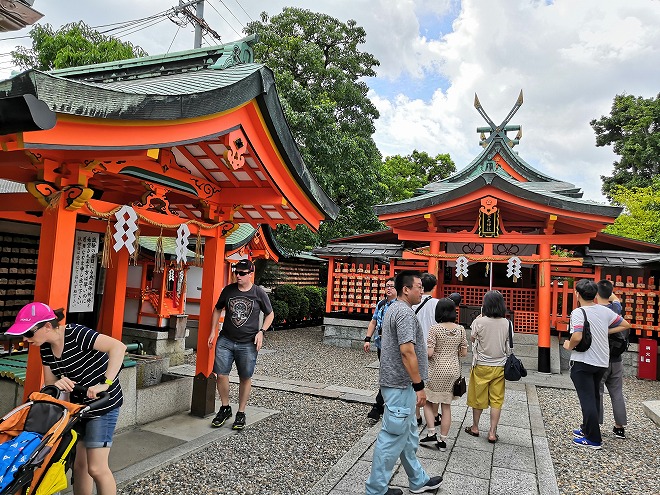
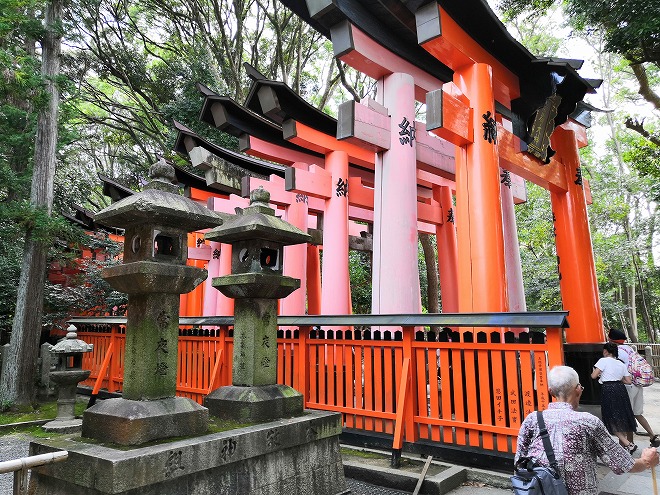
The entrance of “Senbon Torii”.
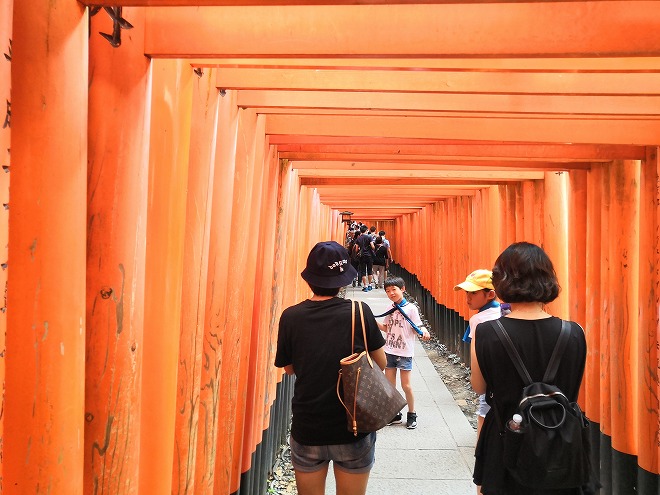
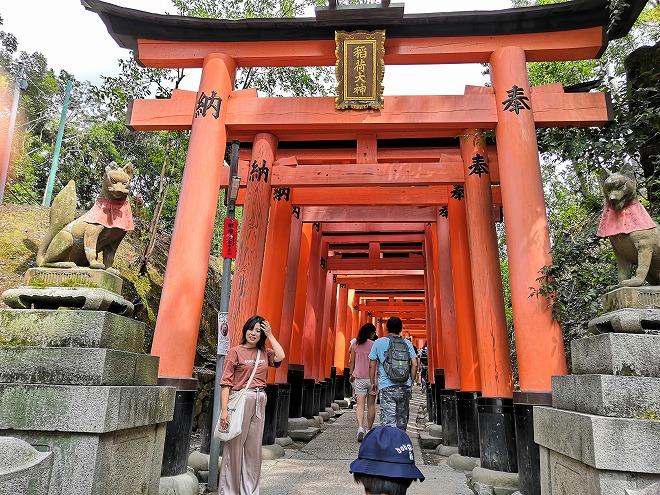
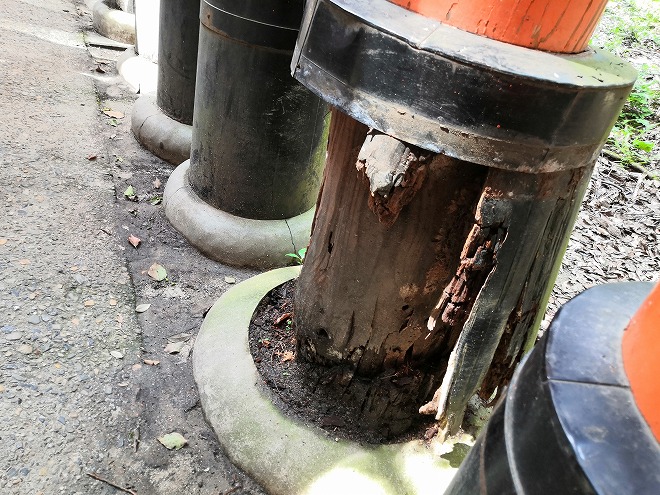
The vermillion color of the torii gate is said to ward off evil spirits, and mercury is used to prevent rot, but they become rotten, so it needs to be repaired.
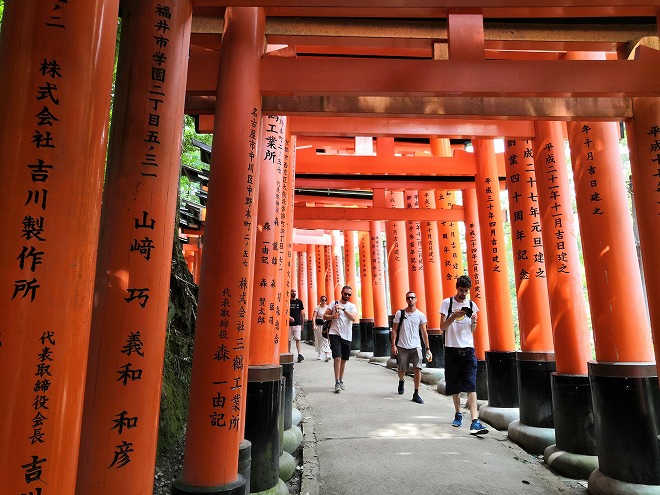
There are a lot of foreign tourists in Kyoto, At first glance, it’s hard to tell the difference from the Japanese, but there were quite a lot of Chinese tourists as well.
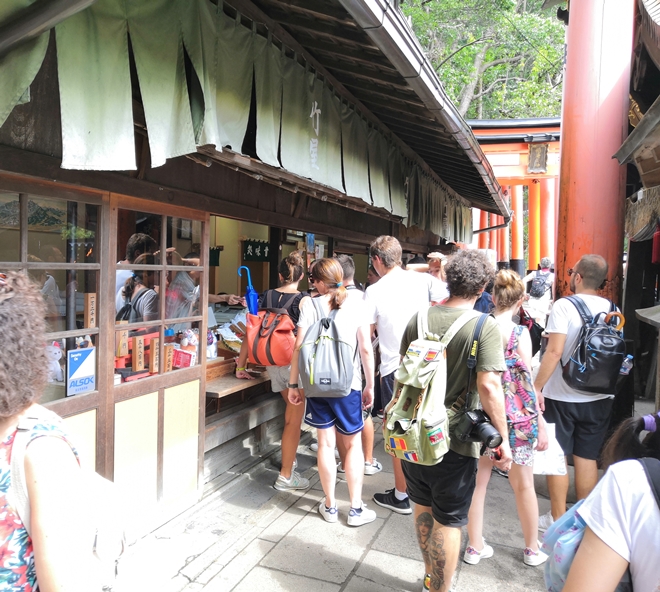
This is also the group of white tourists.
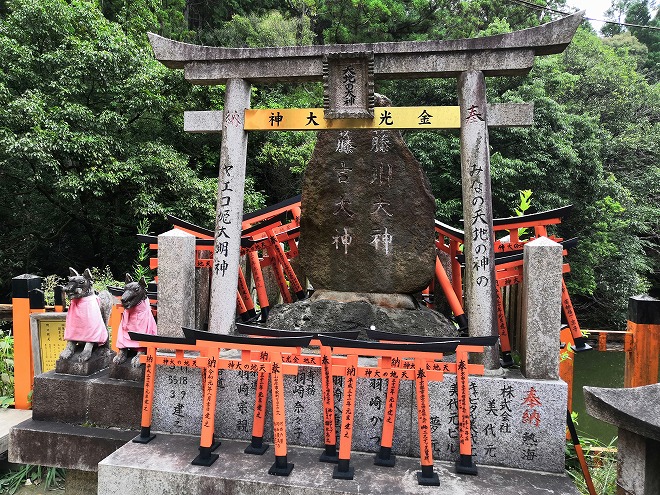
One of the 13 sects of Shinto “Konko daijin”.
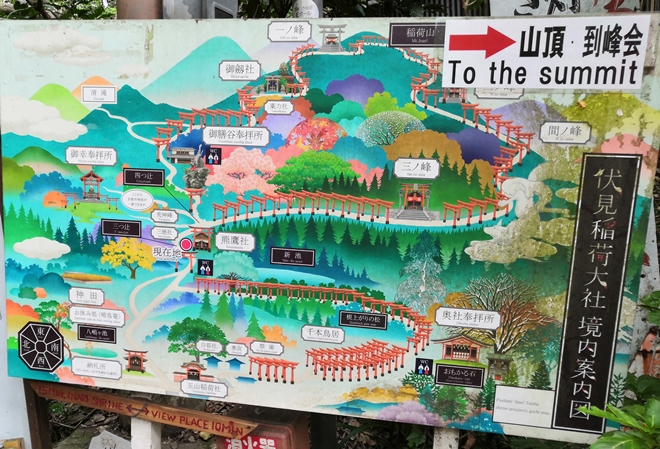
Mitsutsuji.
This is where three roads intersect.
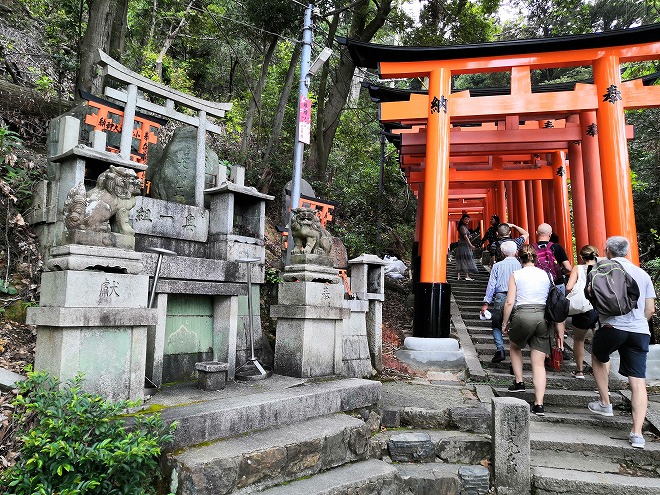
There are so many foreign tourists.
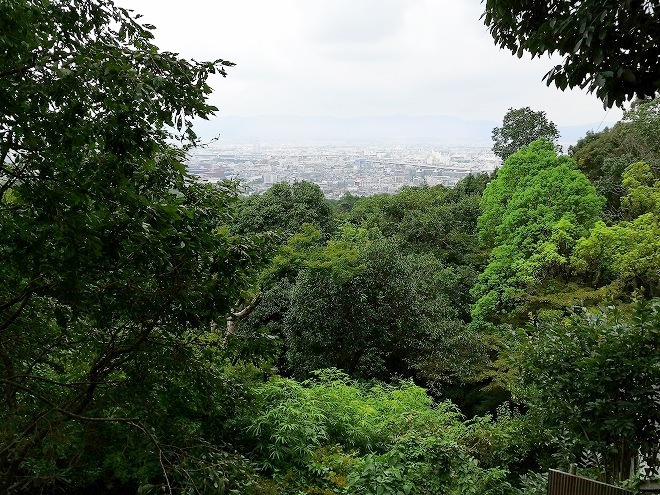
Fushimi Inari Taisha Shrine enshrines the entire Inari mountain, The precinct is about 870,000 square meters, so it is quite large.
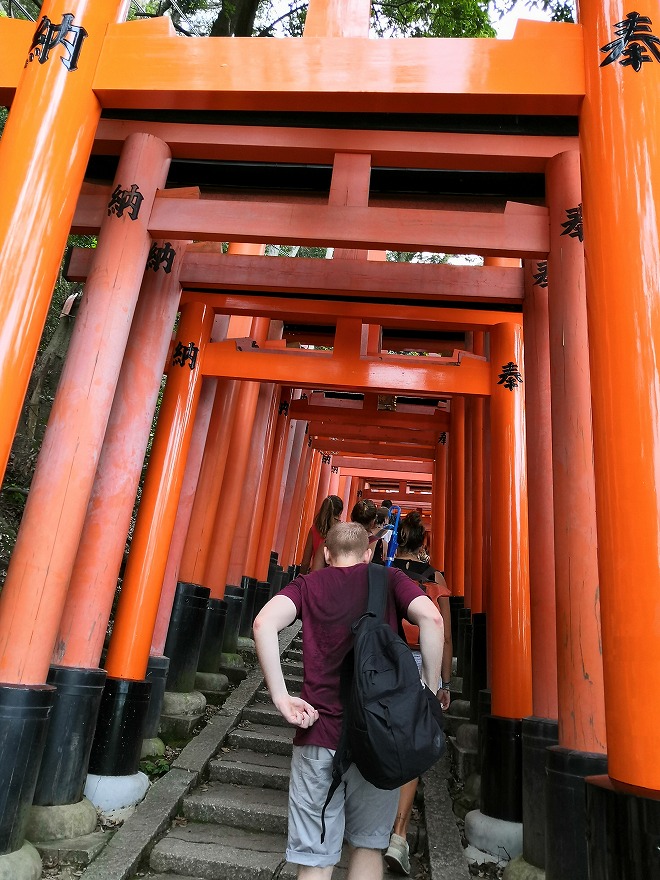
A group of white Spanish-speaking tourists.
Kyoto has a wide variety of tourists.
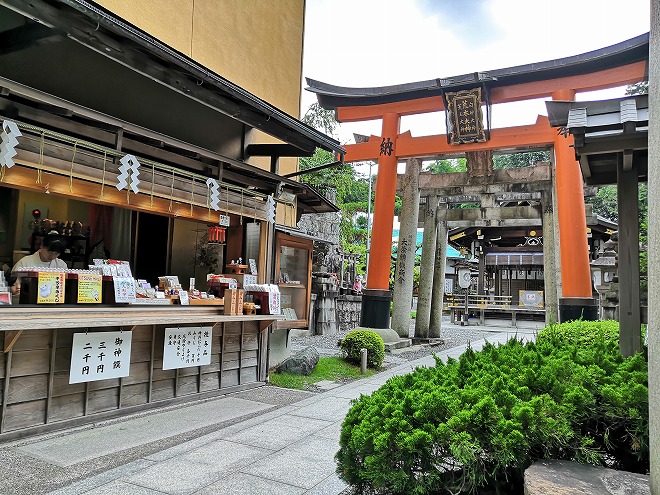
The “conferment place” sells amulets, wooden votive tablet, and talismans such kind of things which bring good luck.
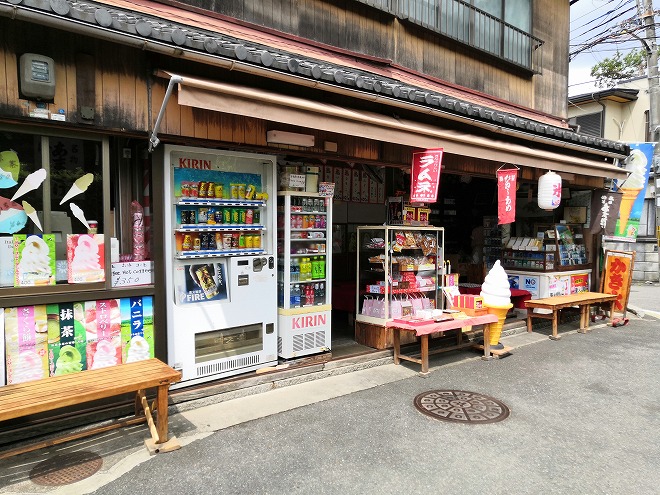
Fushimi Inari Taisha has the highest rank of deity called “Sho-ichii”, and is the most visited shrine in the Kinki region, with 2.5 million people visiting during the first three days of the New Year.